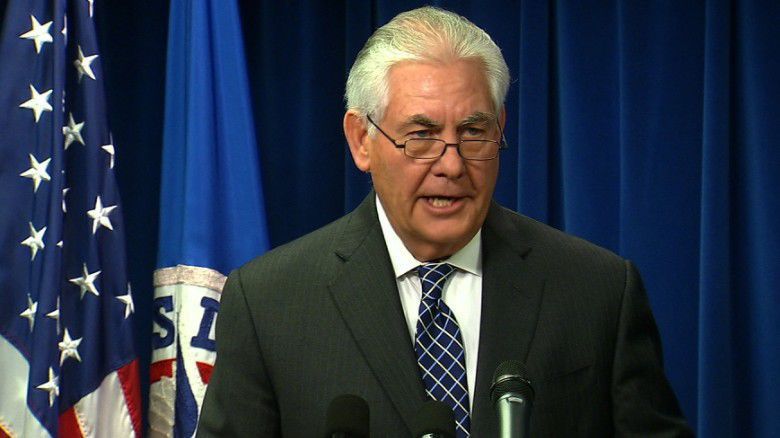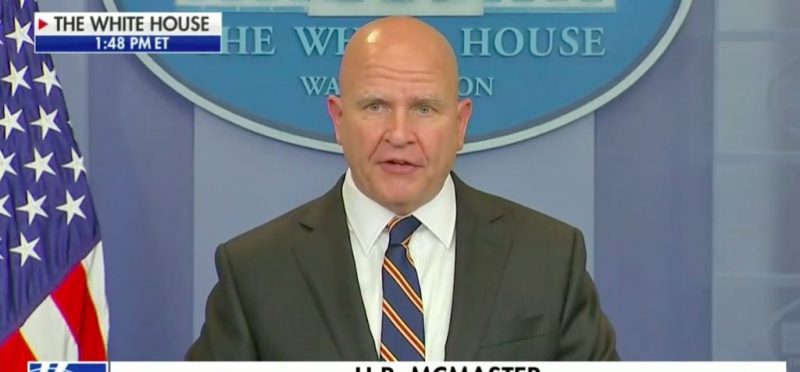
US vilification of North Korea is intense, ominously ongoing since Trump took office, already involved in multiple wars of aggression.
Is attacking the DPRK next?
Is Trump willing to risk nuclear war on the peninsula? Given his rage for war, even the unthinkable is possible.
Count the ways – reminiscent of the run-up to earlier US wars. Tactics include:
-inventing enemies;
-falsely claiming they pose unacceptable threats;
-waging propaganda war;
-piling on illegal sanctions;
-declaring nations state sponsors of terrorism – what Pyongyang called a “hideous political provocation;”
-mobilizing military forces near their borders;
-at times staging false flags as pretexts for war – 9/11 the mother of them all; and
-holding provocative military exercises near their borders – rehearsals for war.

South Korea is most vulnerable if war erupts. Permitting US THAAD missiles on its territory is for offense, not defense, denounced by Russia and China for threatening their security.
On Thursday, Chinese Foreign Minister Wang Yi met with his South Korean counterpart Kang Yyung-wha in Beijing.
Washington is pressuring Seoul to permit additional THAAD installations on its territory. South Korea earlier pledged not to.
Yi pressed Kang to uphold the pledge, and not participate in a proposed trilateral US/Japan/South Korea military alliance, aimed at China and North Korea.
In October, Beijing and Seoul agreed to improve bilateral relations. THAAD installations and provocative military exercises with Washington are obstacles.
In December, South Korean President Moon Jae-in will visit Beijing. Key bilateral issues will be discussed, including THAADs, improving communications, and cooling tensions with Pyongyang.
It requires stepping back from US provocations, Moon holding firm against them. China and South Korea share a common interest in preventing conflict on the peninsula, along with securing regional stability.
From December 4 – 8, new joint US/South Korea military exercises are scheduled. US F-22 and F-35 stealth warplanes will participate, the large-scale provocative drills heightening tensions further.
US warplanes will engage in “enemy infiltration” and “precision strike drills” together with South Korean aircraft.
Trump favors provocations, hostile threats and belligerence over responsible diplomacy. Pyongyang has just cause for concern.
In a letter to UN Secretary-General Antonio Guterres earlier this month, North Korea’s UN envoy Ja Song-nam said Washington
“is now running amok for war exercises by introducing nuclear war equipment in and around the Korean Peninsula, thereby proving that the US itself is the major offender of the escalation of tension and undermining of the peace.”
Does Trump intend attacking the DPRK? Will he recklessly risk nuclear war on the country? Humanity holds its breath to find out.
By Stephen Lendman
This article was first published by Global Research
The 21st Century
